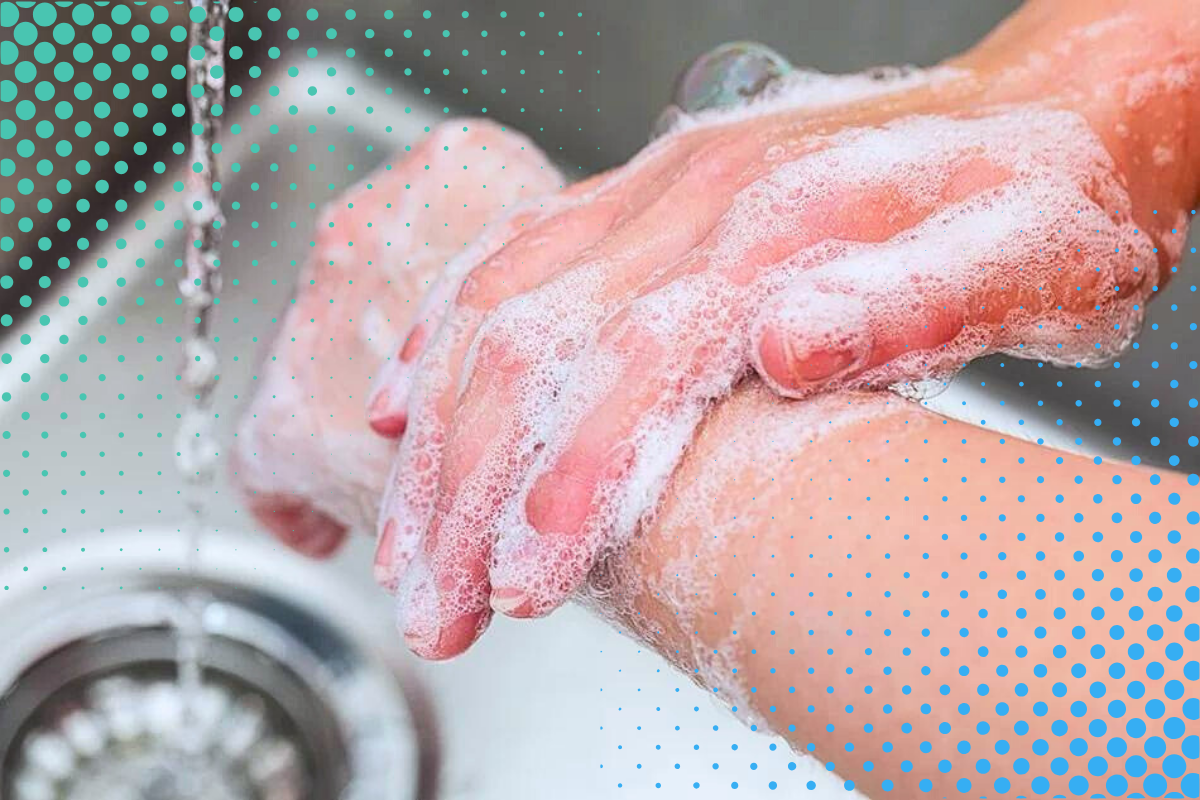
Preventing healthcare-acquired infections (HAIs) is an important goal for any healthcare organization to improve patient safety. A healthcare-acquired infection (HAI) is an infection that a patient contracts while receiving treatment for another medical or surgical condition. (1) One simple way to prevent HAIs is by using checklists in healthcare.
The four most common types of HAIs are related to invasive devices or surgical procedures and include: (2)
- Catheter-associated urinary tract infection (CAUTI)
- Central line-associated bloodstream infection (CLABSI)
- Surgical site infection (SSI)
- Ventilator-associated events (VAE)
In American hospitals alone, the Center for Disease Control (CDC) estimates that HAIs account for an estimated 1.7 million infections and 99,000 associated deaths each year. (1)
These infections have serious consequences on patient safety and quality of care and cost the healthcare system billions of dollars each year. (3) With the healthcare industry’s movement toward value-based care, it is more important now than ever for organizations to develop plans to combat the harmful effects of HAIs. Fortunately, HAIs are preventable when the right precautions are taken.
Here are 3 simple strategies organizations can implement to reduce the transmission of healthcare-acquired infections:
1. Using checklists in healthcare to prioritize patient safety
Healthcare checklists are an essential tool for improving systemic processes that contribute to the spread of HAIs. By implementing checklists, it’s easier for employees to proactively prevent patient harm. For example, an infection prevention checklist might ask:
-
- Is surgical attire transported in enclosed carts or containers?
- Are the carts or containers free from damage?
- Is clean attire stored in an employee locker?
- Are scrubs removed before leaving the hospital?
Having a proper checklist in place helps keep busy staff members on track with safety protocols and focus on providing high-quality care. Using a written or digital patient safety checklist is often more effective than a mental to-do list because it prevents important safety precautions from being overlooked. Along with improving patient safety, checklists create a greater sense of confidence that processes are completed accurately and thoroughly. (4)
2. Support strict adherence to hand hygiene
Following a system of specific procedures for hand hygiene is critically important for reducing HAIs and improving the patient experience.
Studies show that on average healthcare personnel clean their hands less than half of the times they should. (5)
Hand hygiene is considered to be the simplest and most effective method of preventing the transmission of infection among patients and healthcare workers. (5) When properly implemented, clean hands can significantly reduce HAIs and their devastating effects on a patient’s physical, mental, and financial health.
In order to promote compliance with safety practices, staff should be properly trained around hand hygiene protocols, such as how long to wash hands. Facilities must also be equipped with conveniently placed sinks and easily accessible soap or alcohol-based hand rub solutions to properly prevent the spread of infections. (6) An effective safety system should make it difficult to make mistakes and easy to do the right thing.
3. Implement a safety checklist software for infection control
It is important to continuously monitor and track HAIs in order to ensure consistent improvement of outcomes. However, barriers in internal processes can often make it difficult to perform effective data collection and analysis.
Utilizing electronic rounding for infection control offers a streamlined way of collecting observations and data. It also offers a central channel for team communication that helps get the right information to the right person at the right time. For example, automatic notifications and alerts can inform providers of safety risks in real-time, making infection control a top priority.
Having a streamlined process for clinical rounding, follow-up management, and data analysis allows leadership teams to turn disparate data into actionable infection prevention strategies. This makes it simple for managers to identify areas of improvement within an organization and reduce the number of HAIs that occur in the future.
An effective safety program is one that includes an action plan for infection prevention. By following the above strategies, organizations can decrease the prevalence of HAIs and get closer to zero harm.
Using Checklists in Healthcare with Performance Health Partners
Healthcare organizations can reduce HAIs and drastically improve outcomes with quality and performance improvement solutions from Performance Health Partners.
With access to streamlined reporting, real-time notifications, and smart analytics, healthcare organizations can take a data-informed approach towards HAI control and prevention. Learn how.
References:
- https://patientcarelink.org/improving-patient-care/healthcare-acquired-infections-hais/
- https://www.infectioncontroltoday.com/view/checklists-for-new-infection-preventionists-working-in-ors
- http://www.hpoe.org/Reports-HPOE/CkLists_PatientSafety.pdf
- https://wwwnc.cdc.gov/eid/article/7/2/70-0234_article


